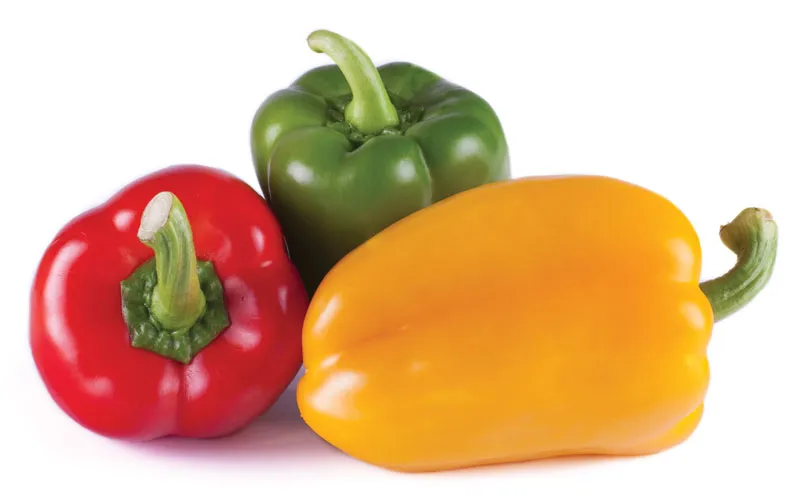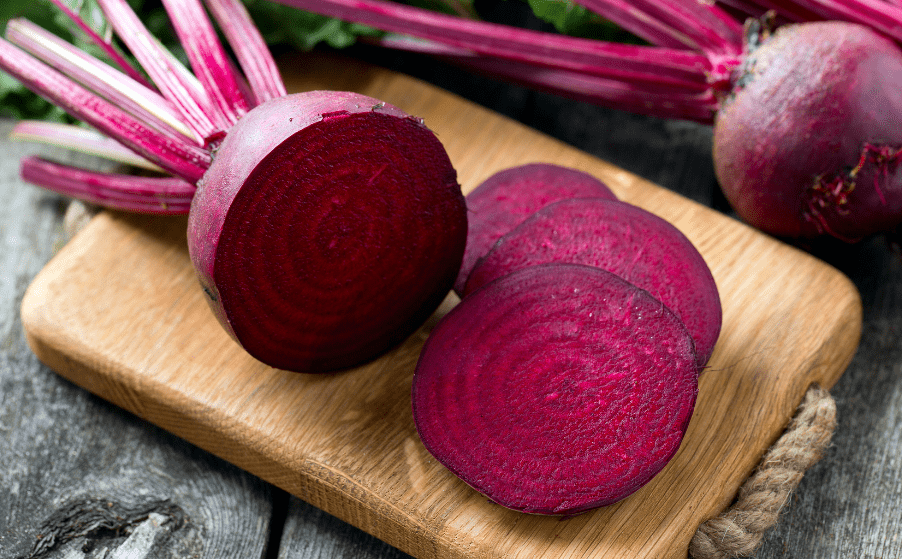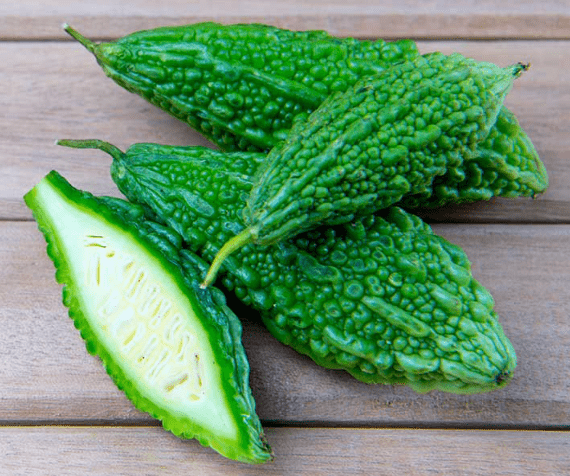
Description
Bell peppers (Capsicum annuum) are arguably the garden’s most colorful harvest. You may cultivate types that are white, purple, and brown in addition to the more typical red, yellow, orange, and green hues. On some plants, a rainbow of variously colored fruits can be produced. Compact bushes with huge, alternating leaves, white flowers, and fruits on numerous branches are produced by bell peppers as they grow. The fruits range from blocky square shapes with elevated shoulders to more rounded shapes with tapered bottoms. They also come in small, regular, and huge sizes.
Varieties
There are numerous types, including heirlooms and hybrids. Many have been raised for fruit size and colour, disease resistance, and disease resistance. You may find a bell pepper to plant in your garden wherever you live.
California Wonder: One of the oldest heirlooms, these medium-sized, deep green to scarlet, thick-walled fruits.
Sweet Chocolate Bell: Heirloom fruits of medium size ripen from green to brown and taste their best when completely ripe.
Ozark Giant: Heirloom fruits that are large and tasty have strong walls.
Gastronomic: Big orange fruits with sturdy walls and crisp, delicious flesh are produced by this plant. Resistant to the tobacco mosaic virus (TMV).
Sunsation Hybrid: Large, brilliant yellow fruits on one of the earliest bell pepper varieties.
Mini belle blend: Tiny Fruits measuring 1 1/4 inches mature and change from green to hues of yellow and scarlet. Plants that are compact do nicely in pots. resistant to the tobacco mosaic virus (TMV).

Uses
Bell peppers are used in both cooked and salad dishes.
Nutrition
Raw, red bell peppers weigh 3.5 ounces (100 g), and its principal nutrients are:
31 calories
Water: 92%
1 g of protein
Grain: 6 g
4.2 g of sugar
2.1 g of fiber
0.3 g of fat
Cultivation
Mexico, Central America, the Caribbean, and northern South America are the native home of the pepper. In the 1920s, a cultivar of mild bell pepper was created in Szeged, Hungary. Moist, warm soil with a range of temperature of 21-29 °C is ideal for producing bell peppers.
Peppers should be grown in a location with full sun and soil that is moist but not soggy. The soil will drain efficiently and warm up fast if there is a good mix of sandy and loamy soil. If you’re working with hard clay, add a lot of organic matter (like compost) to the soil.
Table





